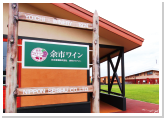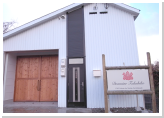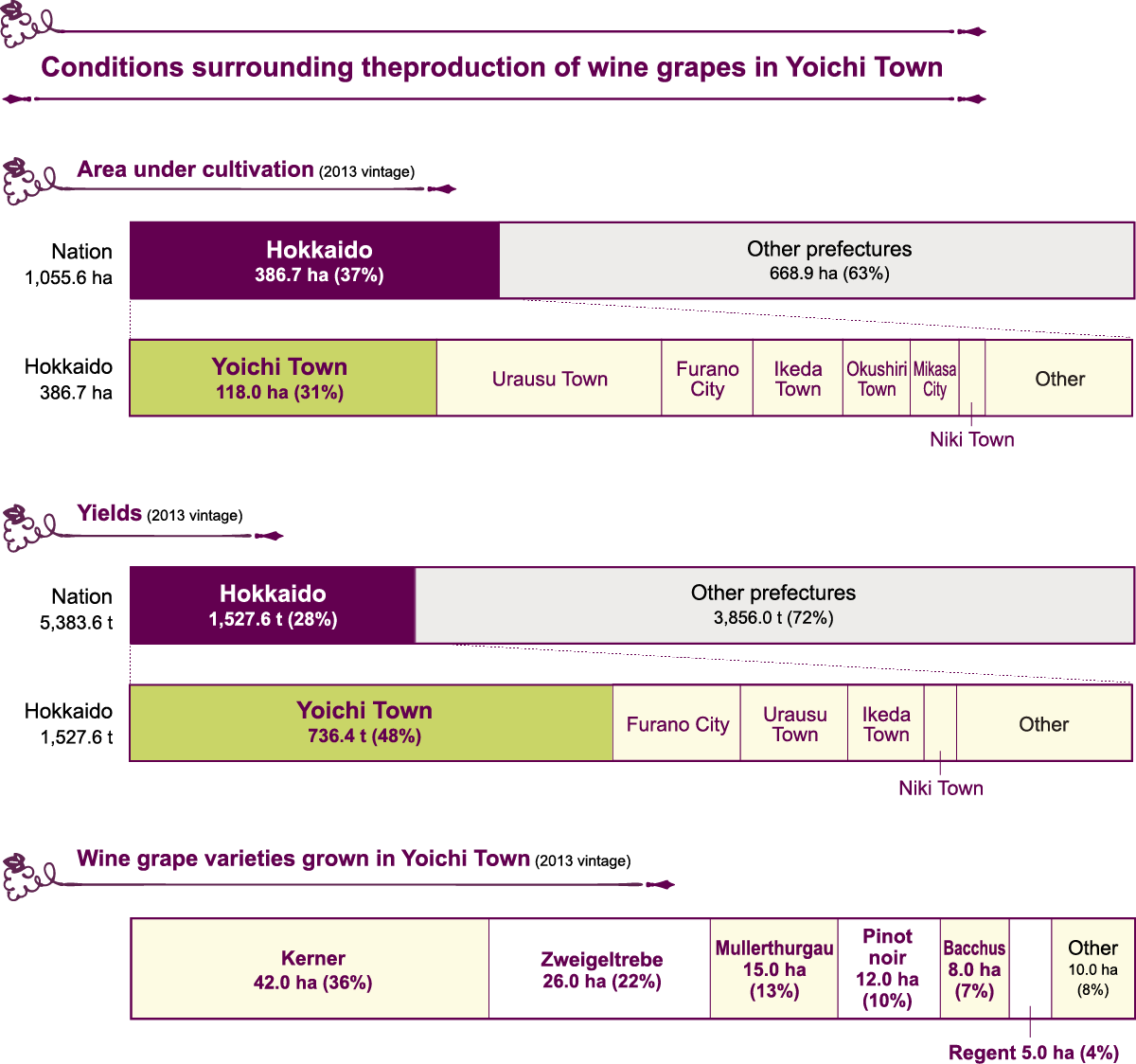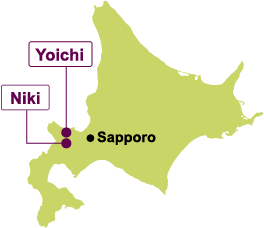Data on Yoichi and Niki Towns
Yoichi and Niki towns are at the base of the Shakotan Peninsula in western Hokkaido.
Fruit-growing has flourished in these towns, thanks to climate that’s relatively mild for Hokkaido.
Yoichi Town
Area: 140.59 km2; Population: 19,831
(as of the end of January 2016)
The town is surrounded by lush greenery: About 66% of the town is mountains or forest, and about 15% is farmland. Yoichi produces more apples, grapes and pears than anywhere else in Hokkaido. The town is also blessed with shrimp, squid, flounder and other seafood. It’s famous as the northernmost limit of the sweetfish, the king of freshwater fish.
Niki Town
Area: 167.9 km2; Population: 3,421
(as of the end of January 2016)
In this tranquil, peaceful agricultural district that’s blessed with outstanding soil, water and air, the key industries are fruit and rice production. As cherry, apple and other trees produce fruit in great abundance, the town is called “the land of fruit.”













